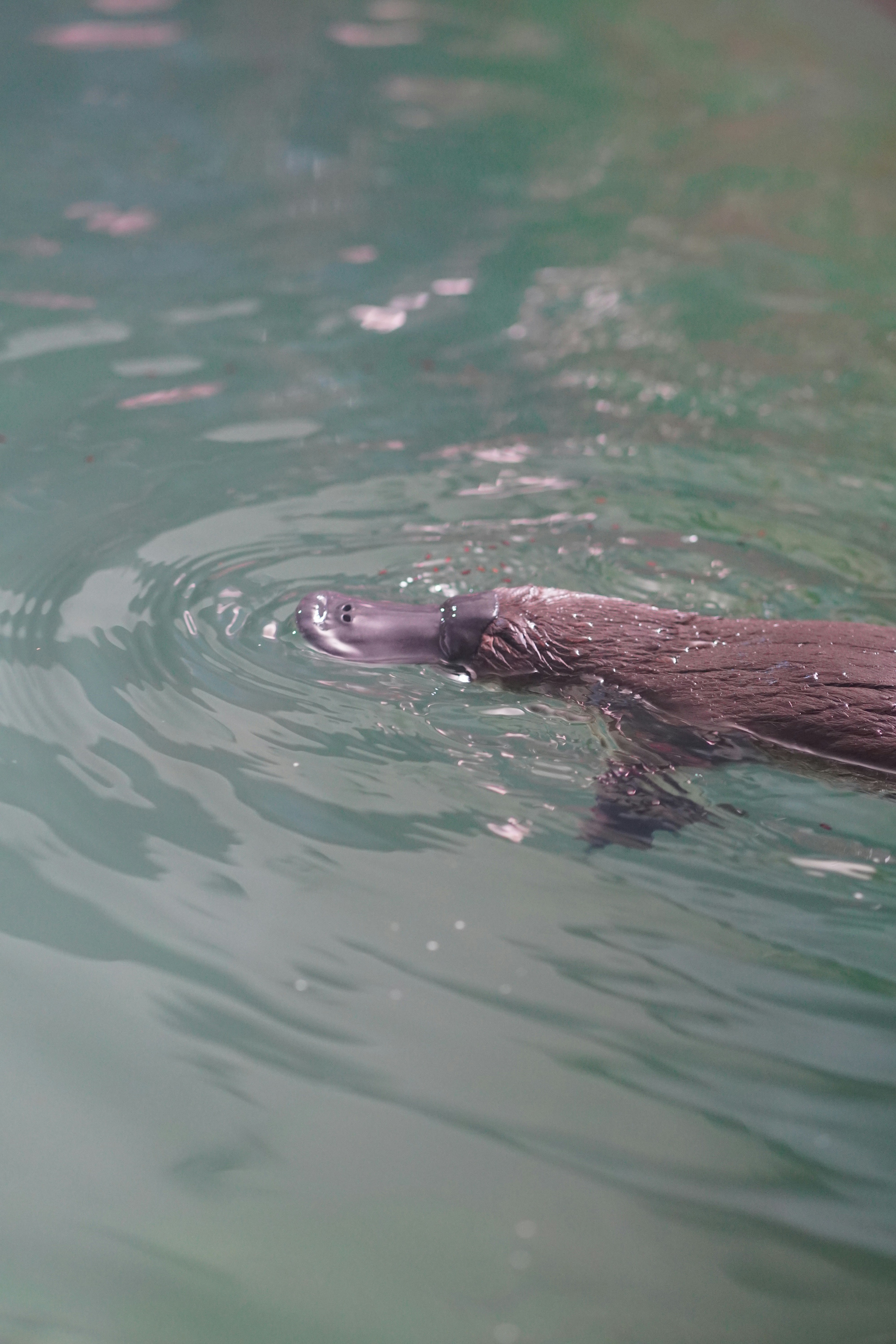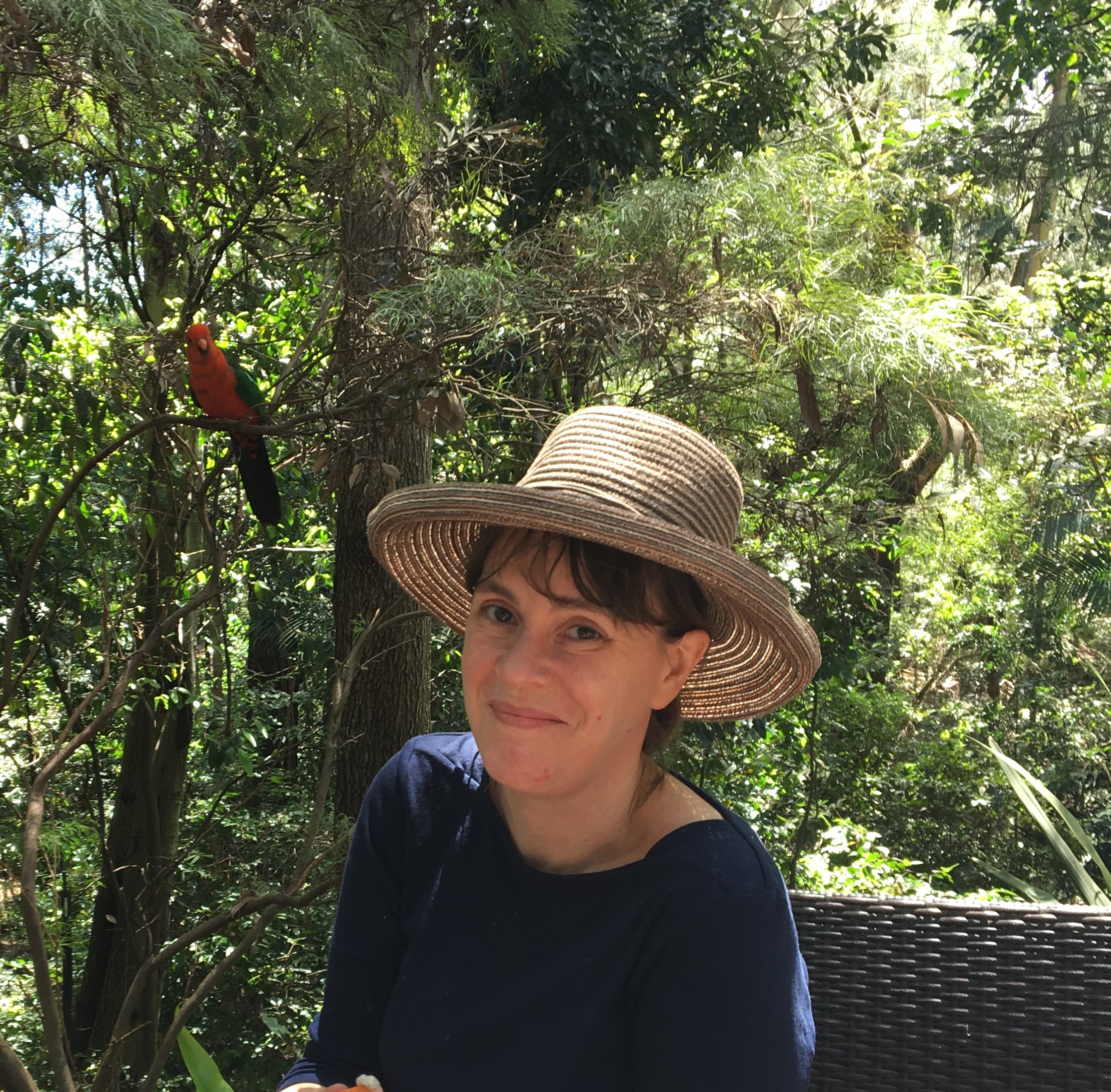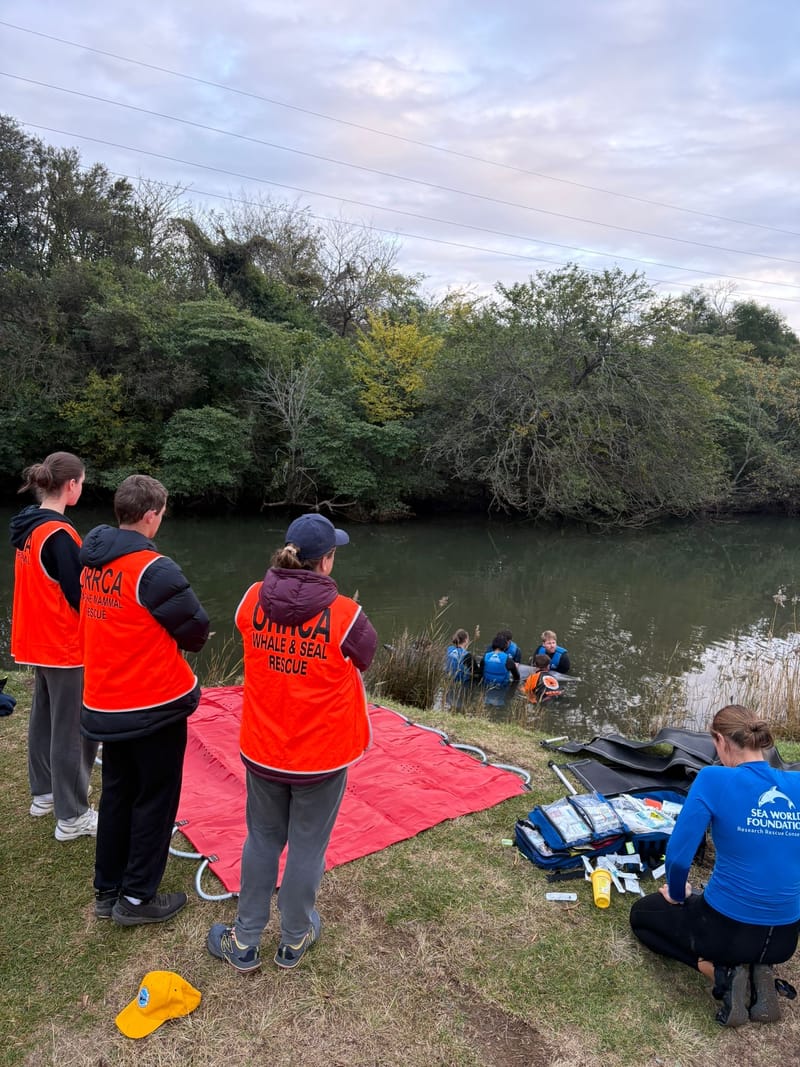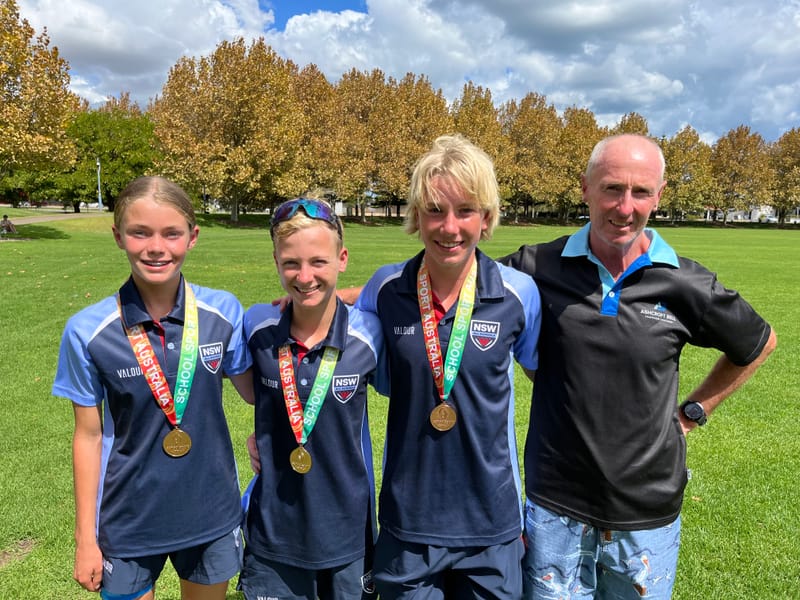Help understand and protect the elusive Platypus
September and October are peak Platypus spotting months. They're also the focus for the Platy-project, a citizen science initiative of the Australian Conservation Foundation and the University of New South Wales, which dedicated to better...

We looked at gardening for Platypus (Ornithorhynchus anatinus) back in June.
This piece is a call-out for citizen scientists, because September and October are the best months to spot Platypus, when they're out and about in local waterways seeking mates. So now would be an excellent time to wander over to your local waterway and spend a quiet hour at dawn or dusk, just waiting and watching.
September and October are also the focus months for the Platy-project, a citizen science initiative of the Australian Conservation Foundation and the University of New South Wales, dedicated to better understanding and protecting this unique mammal. All you have to do is spend some time by a creek and document whether (or not) you saw a Platypus; even not seeing one will help scientists advocating for Platypus protection. You can read more about the project and sign up here.
Not any local waterway would be worth observing for Platypus. Historical records since European settlement, and scientific knowledge of Platypus biology, indicate that they are more likely to occur in larger creeks with permanent water, pools and riffles (rapids). They also need stable, well-vegetated creek banks.
Recent environmental DNA (eDNA) testing has confirmed the presence of Platypus in Mullet Creek, Robins Creek and Macquarie Rivulet. So these would be good places to go. Recent local Platypus records show they are present in these waterways and also in Minnamurra River, Broughton Creek and Broughton Mill Creek.
But other waterways may also be worth checking out. I spoke with Dr Tom Grant of the University of NSW, a retired biologist who has researched their biology for decades. He told me Platypus may be present despite a negative eDNA test, as repeated tests are more likely to detect them. And some of the Illawarra waterways haven't been tested, to my knowledge, at least. Who knows, Platypus may still be holding on in Duck Creek, or in Byarong Creek near the scout camp where Norm Robinson recorded them back in the 1980s.
Tom also explained that creekside vegetation suitable for Platypus doesn't have to be all indigenous or local plants. He mentioned large old Willow Trees (Salix sp.) and Blackberry (Rubus fruticosus species aggregate) as creekside plants that Platypus frequently use as habitat because they can consolidate the stream bank. Neglected waterways on old farms with this kind of vegetation are often home to the species.
I shouldn't have been as surprised as I was, given what I've seen along Robins Creek in Stream Hill (West Dapto), where the waterway vegetation is in what bush regenerators call 'poor condition,' dominated in places by introduced Coral Trees (Erythrina x. sykesii), with an understorey mostly of other introduced species. Perhaps this adaptability is part of the species' endurance for at least a million years.
Tom also mentioned other findings that indicate the Platypus's ability to solve problems; for example, they can find their way around in-stream structures, like culverts, weirs and waterfalls. And occasionally travel overland between waterways. Tom has even rescued a couple of Platypus that had made their way into sewage treatment ponds.
I asked him why Platypus are not listed as threatened under NSW or federal environment laws. He explained that, despite being unique and scientifically important, they are currently both widespread and numerous, meaning that they do not meet the criteria under relevant legislation.
This doesn't mean that there aren't threats to their continued survival, though, with stream bank damage and modification of waterways affecting their foraging and breeding habitats, compounded by climate change. Tom's view is that the Platypus needs protecting now, before it becomes threatened, something government conservation agencies need to consider. He was also involved with community action to get the deadly 'opera house' yabby traps banned from all (public and private) waters in NSW.
References
- Australian Conservation Foundation (2025), The platy-project.
- Australian Platypus Conservancy (n.d), Spotting Hints. Hints of spotting platypus and rakali (native water rats) in the wild.
- Robinson N, (1988) The impact of European man on the status of mammals in the Illawarra region, Master of Science (Hons.) thesis, Department of Biology, University of Wollongong, 1988.
- Hawke T, Bino G, Kingsford R T (2020), A national assessment of the conservation status of the platypus, Australian Conservation Foundation, .
- Musser, A, Grant T. and Turak, E. 2024. Movements of platypuses around and
- through in-stream structures and natural barriers in the Jenolan Karst Conservation Reserve. Australian Mammalogy 46. This is an open access publication. On the CSIRO Abstract page, click on the pdf symbol on the top right hand side to open a full copy.
About the writer
Emma Rooksby is a local volunteer bush regenerator and environmental educator who helped establish the Growing Illawarra Natives website. She is passionate about protecting and restoring local biodiversity in the Illawarra region and collaborates with many groups and individuals who share that passion.





